June 23, 2025 | 08:39 GMT +7
June 23, 2025 | 08:39 GMT +7
Hotline: 0913.378.918
June 23, 2025 | 08:39 GMT +7
Hotline: 0913.378.918
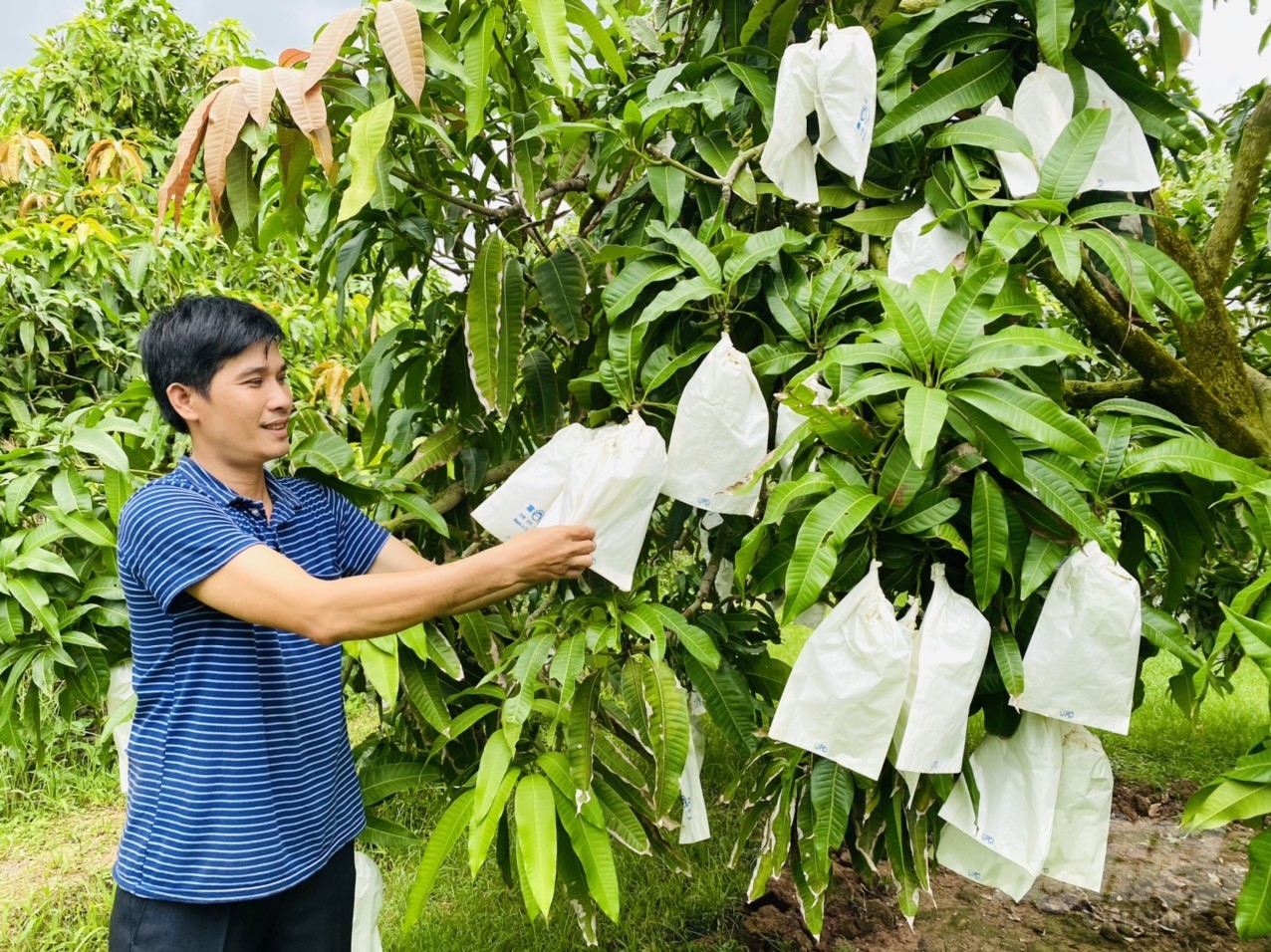
It is expected that by 2025, the area of fruit trees in Dong Thap province will reach over 46,400 ha. Photo: Le Hoang Vu.
According to Mr. Nguyen Phuoc Thien, Vice Chairman of the Dong Thap Provincial People's Committee, this plan is aimed at developing key fruit trees in Dong Thap province.
Accordingly, by 2025, the area of fruit trees in Dong Thap province will reach over 46,400 ha, with an output of more than 463,000 tons. Of which, citrus trees will reach over 10,000 ha with an output of 192,000 tons; longan trees will reach more than 5,500 ha with an output of approximately 52,000 tons; and mango trees will reach over 16,700 ha with an output of 178,000 tons. The area of organic fruit tree production will reach 548 ha.
The plan sets targets to strive to increase the proportion of the value of products produced in the form of cooperation and association to 30–35%. The rate of good agricultural production and practice area (VietGAP) is set to reach over 30%, and the area applying advanced and economical irrigation is set to reach 20-30%.
Based on the approved plan, the Dong Thap Provincial People's Committee proposed districts and cities to determine the size of concentrated fruit tree production areas and link production with purchasing, preliminary processing, preservation, processing, and product consumption. The development of fruit trees needs to follow the market orientation and the orientation of the management agencies in areas with suitable soil and ecological conditions. At the same time, attention must be paid to avoiding the massive development of a number of plant varieties without control and following the movement, which causes a situation of oversupply and low selling prices.
Translated by Huyen Vu Thu
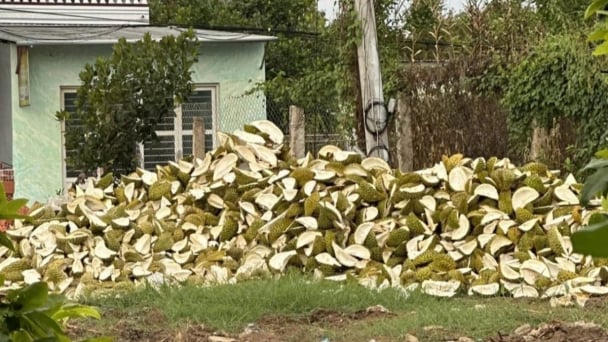
(VAN) The waste of resources from agricultural by-products and the situation of counterfeit and poor quality goods in production causing losses of thousands of billions were pointed out by the National Assembly deputy.
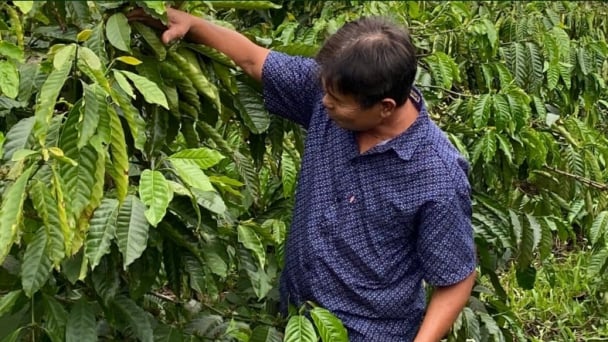
(VAN) After 5 years of implementation, the CAI initiative has helped coffee growers change their farming practices, moving toward responsible agriculture that meets global export standards.
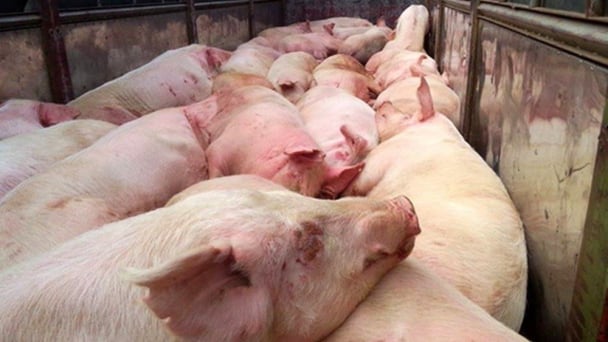
(VAN) The primary prerequisite for the comprehensive and robust integration of Vietnam's livestock sector into the global value chain is the establishment of a disease control system.

(VAN) The results of national programs are essential for establishing a contemporary livestock sector that is well-equipped to meet the demands of both domestic and international markets, with robust biosafety standards.
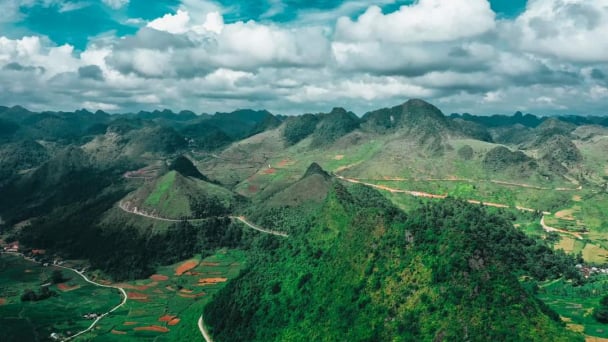
(VAN) The UNESCO Global Geopark revalidation of Non nuoc Cao Bang and the transition to a two-tier administrative model are presently undergoing a pivotal moment in Cao Bang, the northernmost province of Vietnam.
/2025/06/13/5330-2-004539_953.jpg)
(VAN) Changing policy mindset and removing investment barriers are urgent requirements to open up new development space for enterprises in the agricultural sector.

(VAN) The areas include the restoration of five million hectares of marine ecosystems.